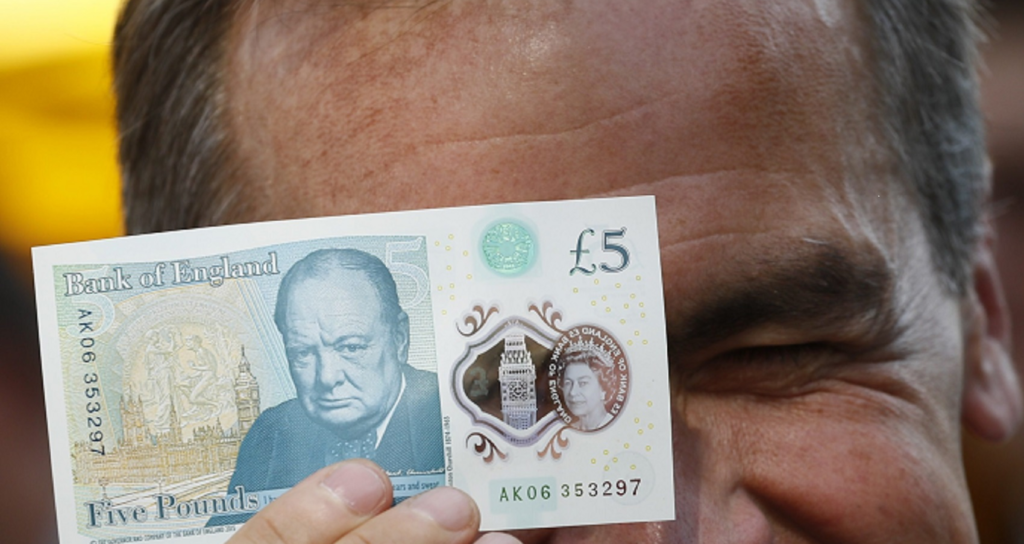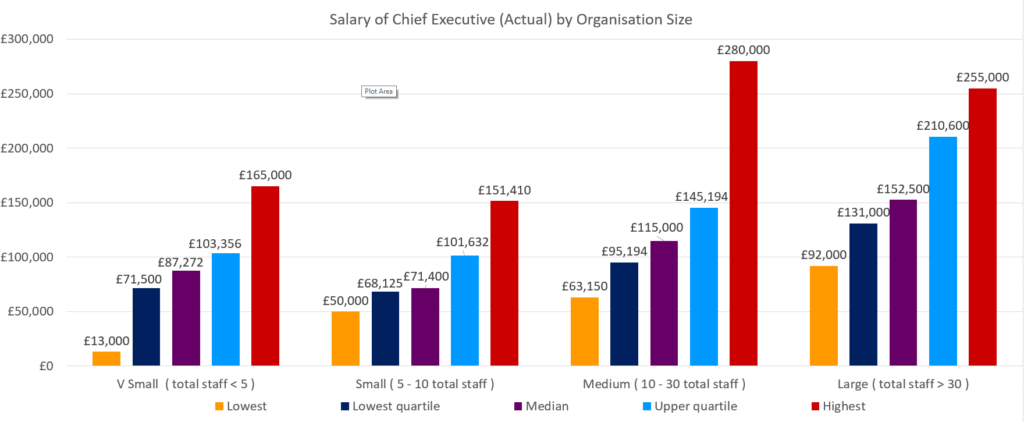
The Trade Association Salary and Benefits Survey compiles responses from 79 trade associations employing 1,112 staff and representing every sector of the UK economy.
The data provides a unique insight into the current level of remuneration and benefits in associations at all levels of seniority. The report also includes exclusive data on the expected impact of Brexit on trade associations in the UK.
I’m proud to publish this analysis with the Trade Association Forum (TAF). Our partnership with TAF coupled with the depth and breadth of our work across sectors at all levels of staffing allows us to create important, lasting relationships as well as producing in-depth research. We hope you will find the report to be an enlightening insight into trade association salaries and the outlook for 2018 in the UK.
Outlook for 2018
Despite what has been a turbulent year in UK politics, the report indicates a positive outlook for trade associations going into 2018. The upcoming year is set to be one of growth, with most respondents budgeting for salary increases and over a third looking to expand their workforce.
Results
The report analyses salary ranges and other benefits at all staffing levels, broken down by size of organisation. A key finding of this survey is the wide discrepancies in salaries at most levels and sizes of association.
Salaries
Across all association sizes and role levels, there were some dramatic differences in remuneration. For example, the lower and upper quartiles of salaries paid to Chief Executives were £57,320 apart, with actual salaries ranging from £13,000 to £280,000 (see below graph). For mid-level roles, the minimum salary reported was £20,000 and the maximum was £115,000 – both in very small organisations (staff total < 5).

Regions
43% of responses came from the capital and, region by region, London continues to command the highest salaries. In fact, the median Chief Executive salary in London was almost £34,000 higher than the median salary for elsewhere in the country. The difference between minimum and maximum remuneration within salary levels was also greater within London and the South East than in the rest of the UK.
Pay increases
Expected pay increases were slightly greater than those shown in the 2016 survey. Most increases were in line with expectation and typically around the 2.5% mark, 0.5% more than in 2016.
Further insight
For the in-depth view of what is happening with salaries and benefits across trade associations in the UK, the full report can be purchased from TAF for £150. There is a reduced rate for TAF Members of £100. To purchase the report, please email TAF directly and quote EA-TAF 2017 Salary Survey in the subject line.
As well as providing more detailed information on the points above, the report also explores: –
- Salary information across staff seniority levels
- Bonus basis and levels
- Pensions provision
- Board remuneration
- Use of consultants
- Other benefits
I hope that the insights gained from this report will aid the refinement of remuneration policy and provide valuable information to associations. Ellwood Atfield has been recruiting for and supporting UK and EU trade associations for over a decade. We are committed to improving the professionalism of the sector through our involvement in research and events, but also through our Association Leadership Academy.
Image by Stefan Wermuth/PA Archive/PA Images. Bank of England Governor Mark Carney holds a plastic £5 note as he visits Whitecross Street market in London in September 2016


